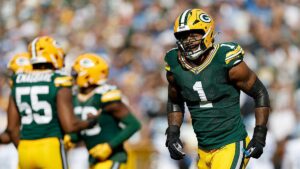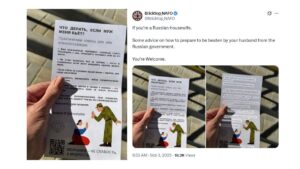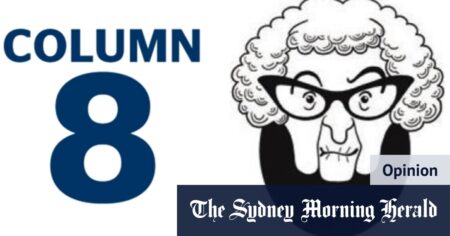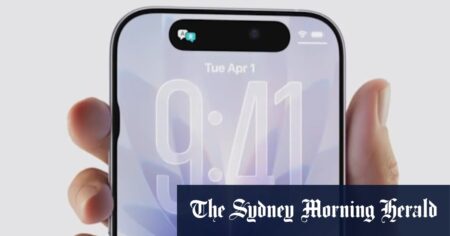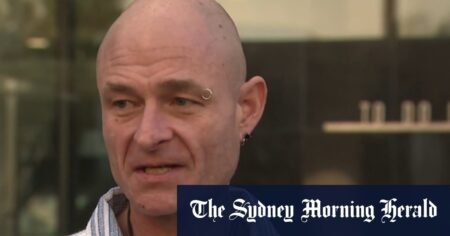In a quirk of physics, the frequencies of these gravitational waves are audible to the human ear when converted to a sound wave, so you can listen to the “chirp” of a black hole collision.
Just as your ear can hear the difference between a gong and a cow bell, astrophysicists can analyse the ripples radiating from the aftermath of a black hole crash, called the “ring down”, to glean information about their mass and spin.
The January 14 signal travelled 1.3 billion light years and reached Earth as an almost imperceptible quiver a thousand times tinier than a proton, or 700 trillion times smaller than the width of a human hair.
These signals can only be captured by a trio of observatories containing some of the most precise measuring instruments ever made, called the LIGO-Virgo-KAGRA collaboration.
The observatories bounce lasers between mirrors set kilometres apart from each other and detect gravitational waves when the ripples in space-time make minuscule disruptions to the laser’s beam.
The signals are faint but powerful, and have equipped scientists with a new method for exploring the universe beyond sensing light such as cosmic X-rays and radio waves.
The LIGO detector in Louisiana bounces a laser beam between mirrors 4 kilometres apart to detect almost imperceptible ripples in space-time caused by the collision of black holes.
“The actual data essentially arrives as a wiggly line,” Clarke said. “It’s my job to take all of these wiggles – in this case a very, very nicely measured wiggle – and actually find out new physics about black holes from them.
“This particular merger provided us with the clearest gravitational wave signal that we’ve ever seen, which made it absolutely perfect to perform tests of Einstein’s theory of general relativity, as well as Stephen Hawking’s black hole area law.”
Hawking’s idea links to the second law of thermodynamics, which holds that the universe will always bend towards chaos; the overall disorder or “entropy” of any system will either increase or stay the same, and will never become more ordered. (Scrambled eggs will never spontaneously unscramble, for instance).
Colliding black holes, these superdense regions with such unrelentingly strong gravity not even light can escape their pull, are the ultimate test of this theory.
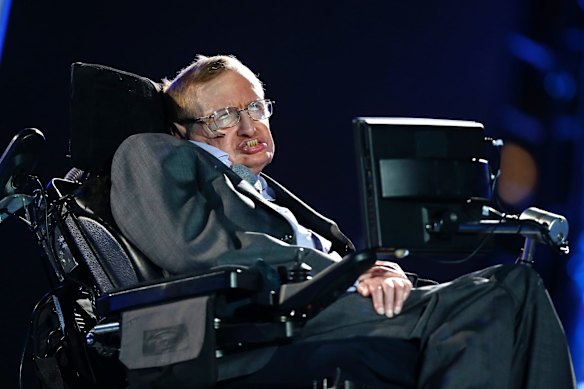
Stephen Hawking wanted to test one of his fundamental theories about the universe after gravitational waves were detected for the first time in 2015.Credit: Matt Dunham
Hawking concluded a black hole’s entropy was encoded in its surface area; if a black hole’s chaos increases, so should its size. Add two black holes together and their overall surface area – and entropy – should grow.
“Black holes are still really mysterious, and it’s still unclear how they actually fit into the laws of physics in the universe. It was definitely not entirely clear that they would necessarily follow Hawking’s area theorem,” Clarke said.
Hawking wondered if the 2015 LIGO detection could allow him to test his theory.
Loading
He passed away in 2018, before this could eventuate, but the paper released on Thursday in prestigious physics journal Physical Review Letters has proved him right: the final black hole was bigger after the collision.
“This is a turning point,” Dr Ling Sun, another co-author of the research from ANU and OzGrav, said.
The Examine newsletter explains and analyses science with a rigorous focus on the evidence. Sign up to get it each week.
Read the full article here


